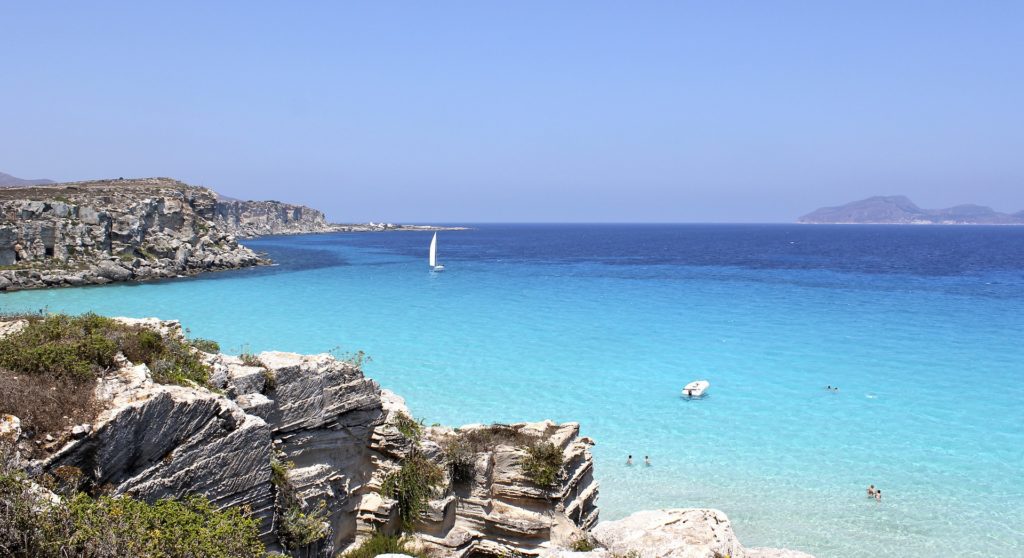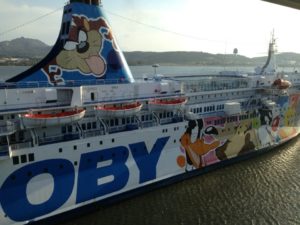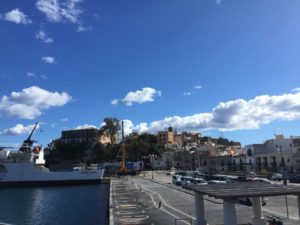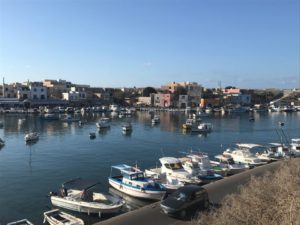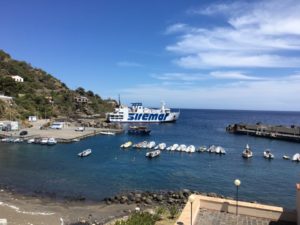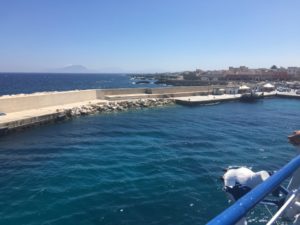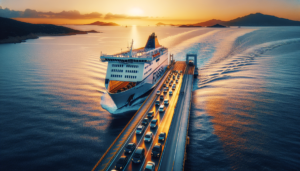What to do in Favignana absolutely
Favignana is the largest island of the Egadi archipelago, despite having an area of scarce twenty square kilometers. The village develops near the port, where the vast majority of the approximately 3,400 inhabitants live. Of course, the main attraction of the area is represented by the beaches and the clarity of the sea; however, in addition to diving into the crystalline waters of the marine area that protects the largest body of water in Europe and relaxing in the sun on the Favignano coasts, there are other activities to do absolutely once you reach the island (by ferry or hydrofoil if take the Trapani – Favignana route, and only by hydrofoil if you choose the Marsala – Favignana route).
1) Go to the beach
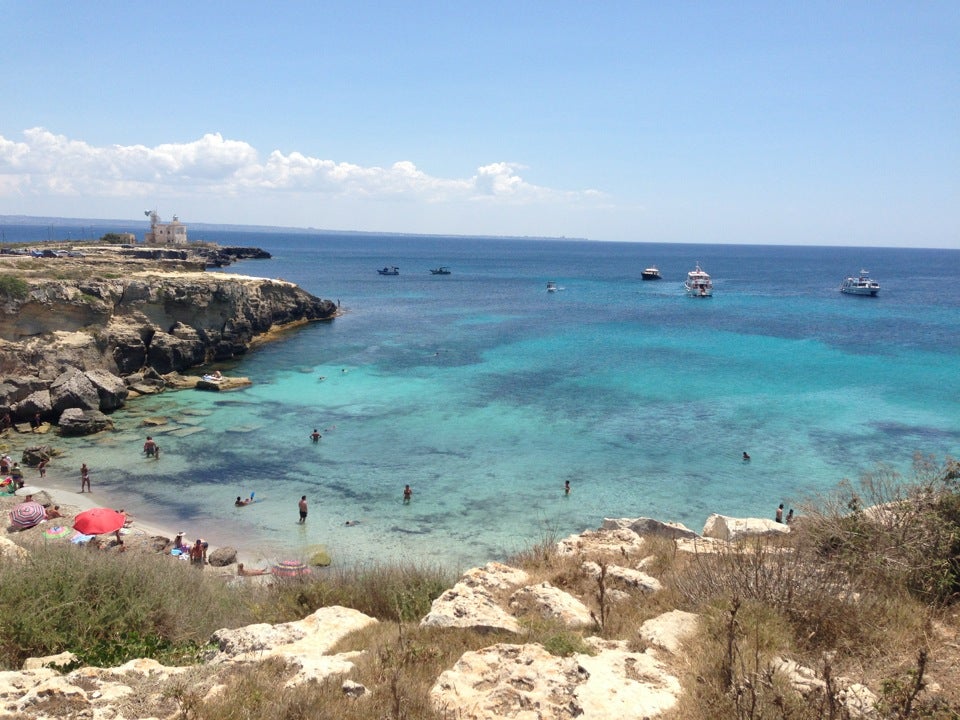
The rugged coastline of the island (about 33 kilometers long) has several coves and inlets, with coasts where sand and rocks often alternate, such as in Cala Azzurra, Calamoni, and the Roman pools. These bays are framed in natural Edenic landscapes, embellished with sandy and shallow bottoms that bring out the emerald transparency of the sea.
The largest sandy beach is that of Lido Burrone, with fine and golden grains and a gently sloping seabed. All features, combined with the easy accessibility of the place, which are ideal for families with children in tow; there are also both equipped bathing establishments and free sections. The Praia beach, very close to the town, is also made up of fine sand and it is completely free.
2) Go around the island by boat
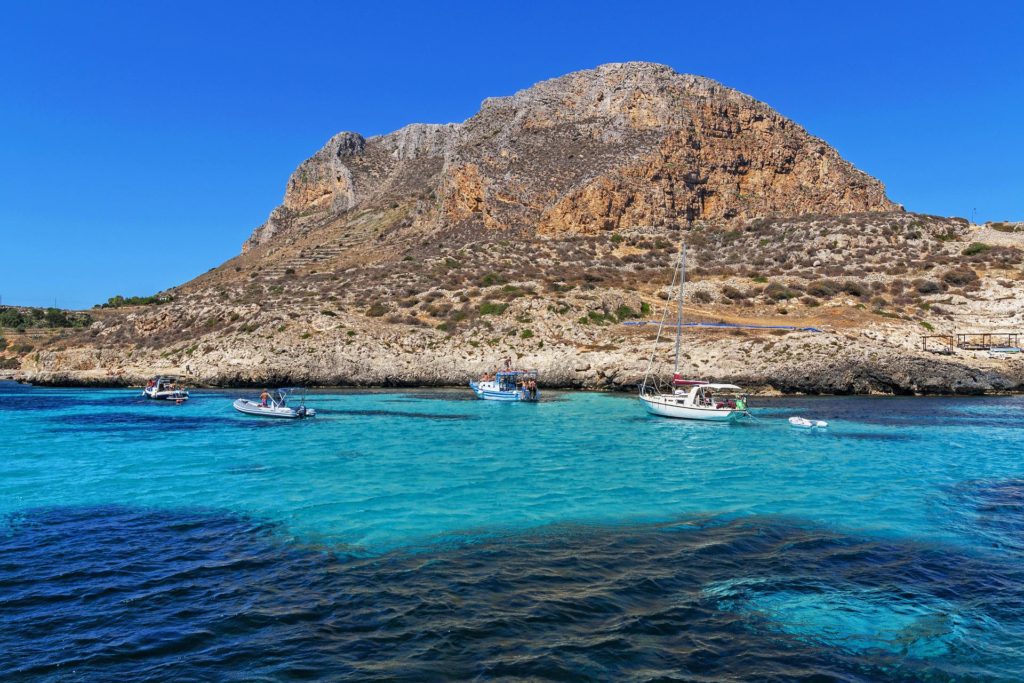
Circumnavigating Favignana offers unique emotions. It is an experience that can be done thanks to organized tours or by renting a dinghy or a boat (especially for the last part of the tour, you have to pay attention to the weather and sea conditions, which could prove to be more difficult on the western side).
It will therefore be possible to admire those inlets that are difficult to reach from the ground or even inaccessible, and dive into Cala Rossa, then near the coast where there are the ancient tuff quarries of Bue Marino, to continue, still in a clockwise direction, towards the islet of Preveto, where there is an enchanting deserted beach, Cala Rotonda, with its rocky Arch of Ulysses, the lighthouse of Punta Sottile, Cala Pozzo, Punta Faraglione and the Grotta degli Innamorati.
3) Go scuba diving or snorkeling
The submerged environment surrounding Favignana is rich in biodiversity. The geomorphology of the seabed favors the proliferation of flora and fauna. As for snorkeling in the immediate vicinity of the beaches there are no particular problems for those with a minimum of sea experience, while for diving even the most experienced could have problems due to underwater currents. The spectacular seabed arises from the erosive action of the sea, which over time has shaped rock walls, caves and underwater valleys.
Gorgonians, corals, ophiures, fish and crustaceans abound. You can contact the local diving center, also taking a look at the underwater itineraries developed thanks to a project by ENEA (National Agency for New Technologies, Energy and Sustainable Economic Development); available at the web address http://egadi.santateresa.enea.it/index.php/carta-degli-itinerari they are accompanied by illustrations and legends.
4) Visit the former Florio factory of the Favignana and Formica Tuna fisheries
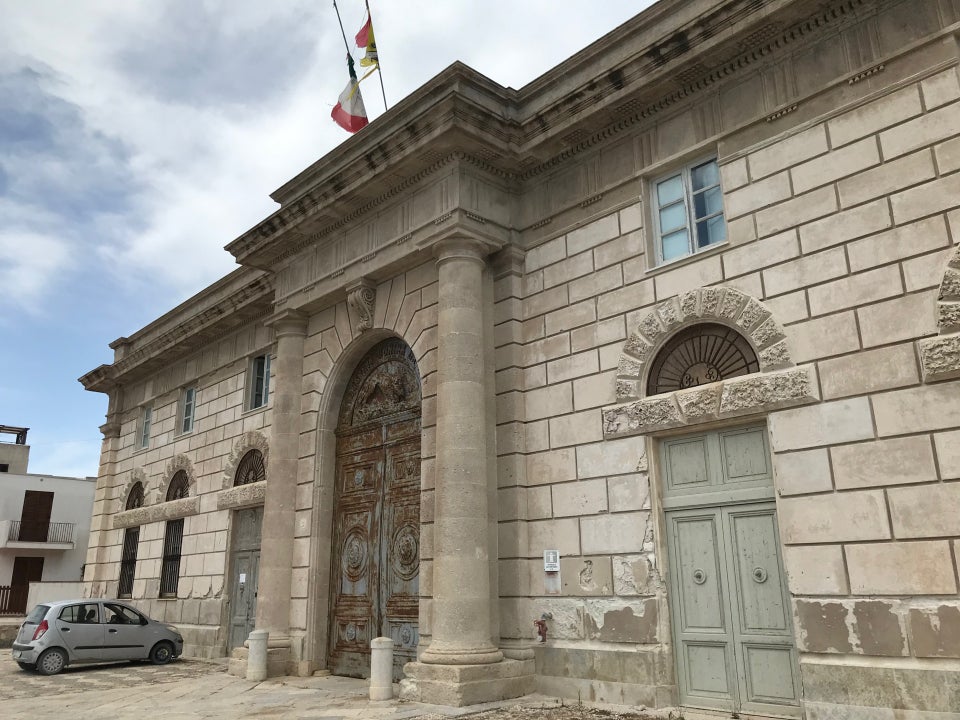
The former Florio factory of the Favignana and Formica Tuna fisheries is an ancient tuna fishery, now abandoned, which extends over 32,000 square meters, where, among other things, the method of preserving tuna underneath oil and in the classic tin cans with key opening was invented at the end of the 19th century. This industrial building currently houses a museum with video evidence of the tuna trap and the slaughter and archaeological finds such as those relating to the Battle of the Egadi Islands, which decreed the end of the first Punic war with a heavy defeat of Carthage. It is also possible to visit the spaces where the fishing boats were stored and those where the tuna was processed, cooked and stored. Entrance to the tonnara plant is subject to a fee.
5) Climb the Santa Caterina Mount
The maximum height of the mountain ridge that crosses the island is that found in correspondence with Santa Caterina Mount, at 314 meters. From here you can enjoy a panoramic view of the archipelago and the coast of Trapani, as well as the Castle of Santa Caterina, structured in its current form in the Angevin era on presumed, pre-existing, Saracen (a watchtower) and Norman buildings. Given the state of abandonment, it is advisable not to enter and look at the fort, now in ruins, only from a distance.
Book a ferry
6) Get to know the archaeological area of San Nicola
The locality of San Nicola has been affected by settlements (at least since the first centuries BC), of which the inscriptions in the Punic alphabet in the Grotta del Pozzo testify to this. We are located on the north-east coast, about a kilometer away from the center, on a slight relief of the large island plain. In the countryside, underground cavities presumably from prehistoric times have been excavated, such as the carvings in the Grotta di San Nicola.
The necropolis of the area, with the pit tombs, dates back to around the third century BC. such as the so-called Bagno delle Donne, a structure connected to the sea through a tunnel that was initially built for the processing of fish, to be then transformed by the Romans in the imperial era into a thermal plant.
7) Taste the local food and wine
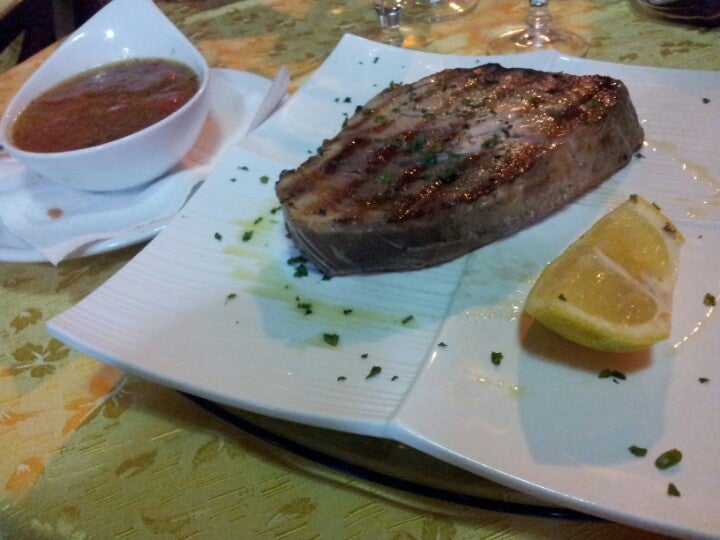
The king of Favignanese gastronomy is tuna. One of the most popular preparations involves marinating it raw in lemon and vinegar, onion, capers, celery, parsley, oregano. After 24 hours, remove the slices from the marinade and season with oil, salt, pepper, adding the aromas of the marinade except for the liquids. May and June are the months in which tuna is caught, which is also grilled. The recipe for the meatballs of this fish dates back to the era of the old tuna fishery, when the workers also received the less interesting parts for production which were mixed with breadcrumbs; today they are prepared with selected parts, such as ventresca, mosciame, lattume and sosizzella. Spaghetti with bottarga is another typical dish of the place.
The local wines are those of the Firriato estate in Calamoni: Favinia La Muciara is an “IGT Terre Siciliane” produced with native grapes of Grillo, Catarratto and Zibibbo; Favinia Le Sciabiche is the IGT red wine of the Nero D’Avola and Perricone vines; Favinia Passulé is the passito that comes from the Zibibbo vineyard. The Favignana terroir is characterized by the marine salinity and the calcareous component of the soil, which give the wine a special flavor.
8) Entering the churches
The Madrice Church, in the main square of the town, is dedicated to the Immaculate Conception, which is represented both on the stained glass window of the architraved window and on the main altar with a marble statue of the Spanish School. There is also a wooden crucifix from the 1700s. The Church of Sant’Anna, in the square of the same name, (currently managed by the Congregation of Charity of the municipality) originally had a statue of Sant’Anna on the altar, which was later replaced by the Virgin of the Rosary. The Church of Sant’Antonio da Padova, in Largo Marina, is of a basilica type, with three naves, with the apse where the marble altar and the statue of the Saint are located. The Church of the Madonna della Piana is instead a country church.
9) Book a visit to the “Garden of the Impossible”
The Garden of the Impossible is an underground botanical park of about 4 hectares where there are almost 500 species of plants from all over the world, which often enter the underground cavities of the ancient limestone quarries, formed when the tuff was extracted at an industrial level. The visits are exclusively guided, by reservation, and can be done in the morning or in the afternoon, from May to November, every day except Sunday.
10) Go to Villa Florio
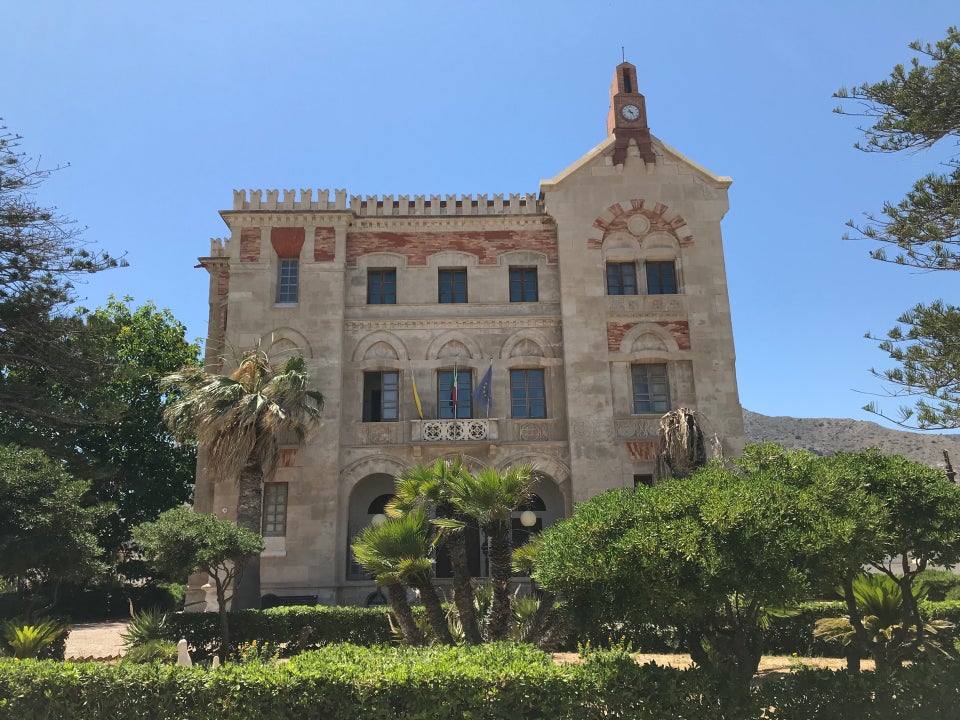
Villa Florio was built by Ignazio Florio, a Palermo shipowner who in 1876 bought the local tuna traps. The architect in charge of building the palace, after demolishing the San Leonardo fort, was Giuseppe Damiani Almeyda, the architect of the Academy of Fine Arts in Palermo and the Municipal Theater of Syracuse. In Favignana he also took care of renovating the tuna fishery and the Church of Sant’Antonio. The villa, which can be visited free of charge, is outside in neo-Gothic style and with Art Nouveau furnishings and it is now home to the City Council, the Municipal Library and the tourist info point, an antiquarium and a collection of shellfish.

